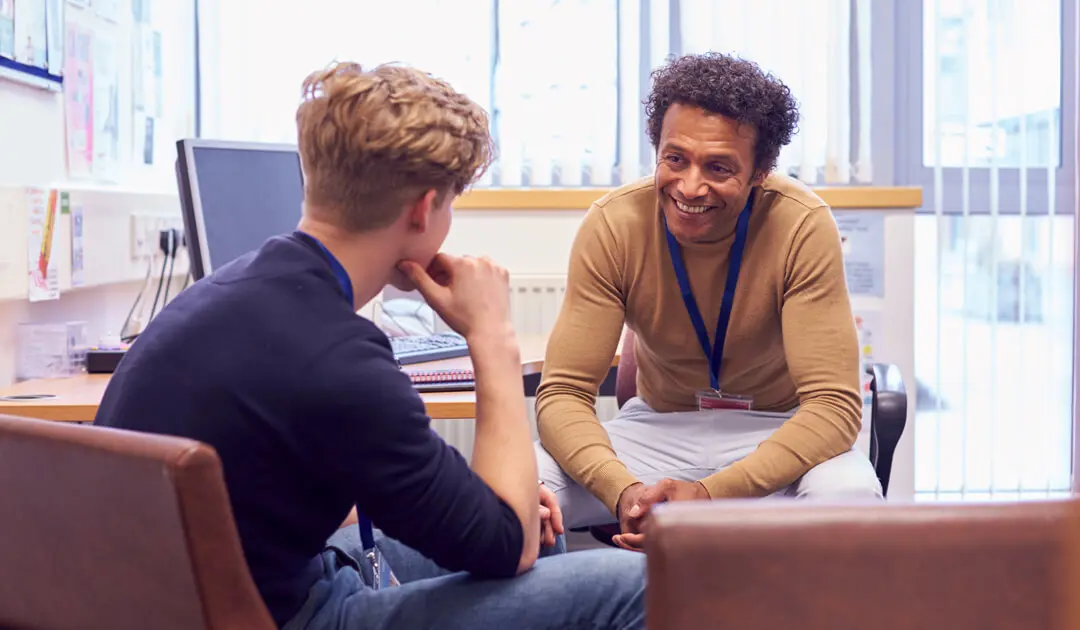- Home (CA)
- Blog
- Behavioural Health
- How to Stay Safe During Home Visits
How to Stay Safe During Home Visits

I coordinate and teach the Nonviolent Crisis Intervention® training program to staff at my community mental health agency.
One of the strategies I have for keeping training fresh in my colleagues’ minds is sharing safety-related tips on a monthly basis. I like to provide them with reminders and information on safety and prevention.
I’ve created what I call a Pathway to Prevention series, based on CPI techniques and my experience as a licensed clinician and quality management and compliance officer.
I share the series with staff in many forms. Some tips go in our company newsletter. I’ve also created puzzles, limericks, and so on. Each has at least one bonus quality quote, which is hopefully thought-provoking, entertaining, and/or with any luck, relates to the current subject.
From what I’ve seen in the CPI instructor community, we Certified Instructors have a very supportive network where we can respond to others in need of guidance or a place to share the impactful work that our community is doing. With this in mind, I shared the following in our private Instructor network.
And as safety in the world community is so vital, I’m sharing the following publicly with you too.
Feel free to share the tips in your staff trainings. Send this post to your colleagues. Discuss the concepts in team meetings and supervision sessions. And please share your ideas as well, as we all continue to learn and grow together.
Pathway to Prevention: How to Stay Safe During Home Visits
“I’ve learned that people will forget what you said, people will forget what you did, but people will never forget how you made them feel.” —Maya Angelou
- Stay in touch. Set up a call-in procedure with your office.
- Keep valuables out of sight. Carry as little as possible. It’s best to put valuables in the trunk before you leave on an appointment so as not to advertise what you have and where you put it.
- Know exactly where you’re going. If you’ve never been in a certain location, drive around the area first. This helps you familiarize yourself with alternative routes if you need them for safety. It also gives you advance knowledge of areas that could pose more risk than others.
- Keep a buffer zone. It’s best to leave at least a car length in between you and the car in front of you whenever you stop. This provides you with some space to maneuver in if you’re in danger.
- Be strategic. Drive with your doors locked. Park in a well-lit, visible area. It’s best to back your car in for leaving in a quick and less-obstructed way.
- Dress professionally and functionally. Make sure your clothes and shoes provide you with ease of movement.
- Set expectations. Discuss mandated reporting requirements and program expectations during your initial contact with your client(s).
- Establish parameters. Make it clear that you have a schedule to keep and are expected elsewhere later. This puts in some parameters ahead of time in case you have to leave for any reason.
- Be aware of others. Be mindful of others in the apartment/house for confidentiality and safety reasons.
- Ask about pets. It’s best to call ahead of time to see if there are any pets. Do you have allergies? Is the person’s pet friendly or not?
- Be aware of signs of intoxication. If someone is impaired such as with drugs or alcohol, leave. You can always reschedule.
- Try to keep a clear path to the door. Know your means of exit. You may leave from a way different than the way you came in.
- Guard your privacy. Do not give out personal information. It should be a conscious decision if you have pictures in your office, certain bumper stickers on your car, as well as any other potential identifiers. Note: The field has embraced the contributions of those with lived experience, which I’ll address in another installment. Lived experience is not included in this tip, as this subject must be treated with the respect of more depth.
- Be mindful of your presence on social media. Monitor your privacy settings on sites like Facebook. Also avoid sharing things that could provide others with information about you, your family, where you live, and so on.
- Listen to your internal warning signals. Leave if you don’t feel safe.
These ideas are not exhaustive. However, I hope they provide ways for you and your colleagues to practice prevention and stay safe.
About the author
T. D. Loftus is a Senior Level CPI Certified Instructor. With a Master of Science degree from Northeastern University in Counseling Psychology and a BA in Psychology from Boston College, he’s a Licensed Mental Health Counselor (LMHC) in the Commonwealth of Massachusetts and a quality management and compliance officer in a community mental health agency. T.D. is also a Reiki Master Level II and a Kettlebell Instructor through the International Kettlebell and Fitness Federation.
Schedule a Consultation
Learn how CPI’s training programs can benefit your organization.
Let's Connect